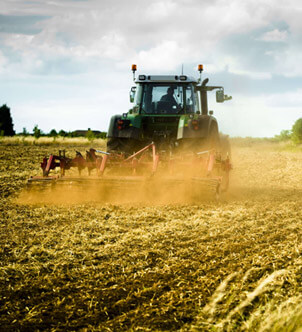Bed Method:This is an easy method in which beds of organic matter are prepared.

What is Vermi composting?
Vermicomposting is the scientific method of making compost, by using earthworms. They are commonly found living in soil, One of the best worm species would be the red wiggler worms (also known as the Eisenia Fetida). They have been recognized as the worm specie that can eat as much as half of its weight on a daily basis. Earthworms feed on the organic waste materials and give out excreta in the form of “vermicasts” that are rich in nitrates and minerals such as phosphorus, magnesium, calcium and potassium. These are used as fertilizers and maintain soil quality.
-
-
Pit Method:In this method, the organic matter is collected in cemented pits. However, this method is not prominent as it involves problems of poor aeration and waterlogging.


